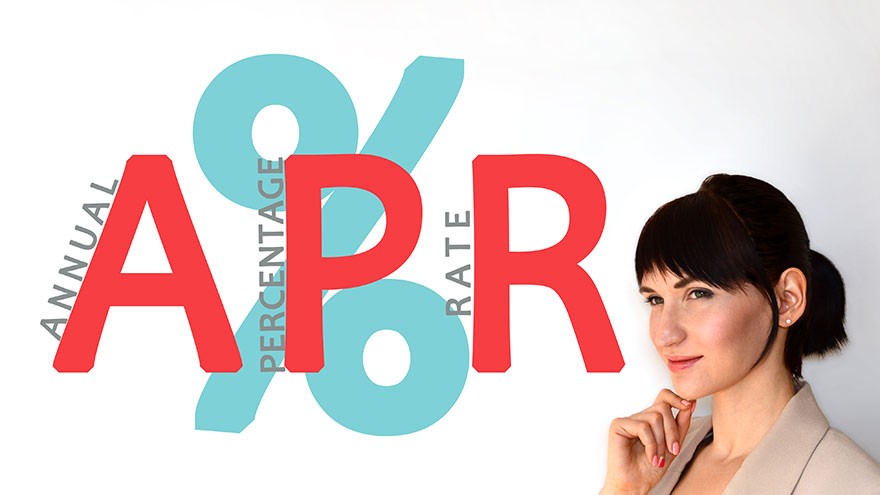The Differences Between APR Rates & Monthly Rates of Interest
APR stands for annual percentage rate. In a loan or credit situation, the APR is included with the interest rate. Both the APR and monthly rates of interest are interest rates.
While the APR includes the monthly rate as part of its calculation, the monthly rate of interest does not.
Differences between the APR and monthly rates of interest include the use of each percentage, the calculation of each rate and how the rates work together.

Use
The monthly interest rates are the rates that the lender uses to calculate your payments. For example, if the 30-year fixed rate mortgage is 5 percent, this is the rate the lender uses to set the monthly payments you must make to repay the loan.
The annual percentage rate is the total amount you pay per year expressed as a percentage. The APR includes any up-front costs, such as closing costs for a mortgage, or annual fees for a credit card. The APR allows you to see the true cost of borrowing the money because it includes all of the costs to you and not just the loan amount itself.
Calculation
Interest rates for loans, mortgages and credit cards are based on several different factors. Typically, interest rates are based on an index, such as the prime rate, U.S. Treasury bills or LIBOR, which stands for the London Interbank Offered Rate.
Banks and lending institutions uses these indices, plus a margin, which is the risk amount added to the index to calculate the monthly interest rate. For example, a mortgage is based on the prime rate, plus a margin of 2.25 percent. If the prime rate is 5 percent, then the lender calculates the monthly rate by adding 2.25 percent to the prime rate of 5 percent to get a rate of 7.75 percent.
The calculation for APR involves determining the monthly interest rate plus the cost of credit. According to Mortgage Unzipped, the APR is calculated by amortizing the up-front fees over the life of the loan. After the amortization, the APR is expressed as a new interest rate.
Comparison
When shopping for a mortgage, you should compare the APR and the monthly interest rate. The APR expresses the true cost of credit. Two of the same mortgages with the same interest rates may have different APRs.
The one with the lower APR is costing you less money in the long run than the one with the higher APR. Even the mortgage with a higher monthly interest rate that has a lower APR is less expensive overall than the loan with a lower monthly interest rate and a higher APR.
You Might Also Like :: Difference Between APY & APR

